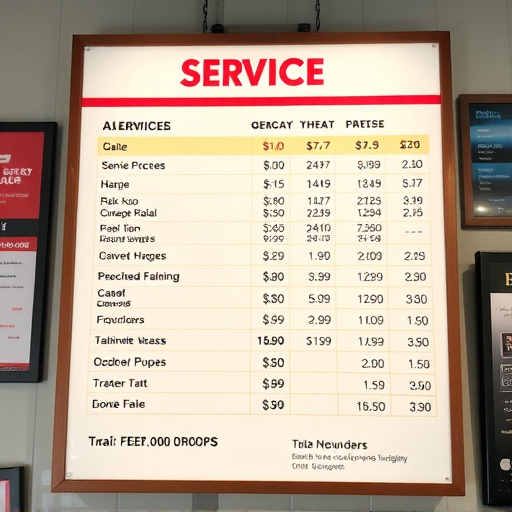Cold air intake (CAI) installation difficulty levels vary based on vehicle make/model, intake design, underbody geometry, and mechanic expertise. High-performance or unique fitments pose greater challenges than standard models. Key hurdles include precise fitting to prevent leaks, managing heat transfer, and navigating tight engine bay spaces. Success requires careful measurement, high-quality hardware, strategic cooling solutions, and adaptability in handling hardware. Enthusiasts should invest in tailored components, consult detailed manuals, ensure proper clearance, use sealing compounds, and maintain a clean workspace for successful CAI integration.
Avoid common pitfalls and ensure a smooth ride with our comprehensive guide to cold air intake (CAI) installation. Understanding the basic principles and assessing difficulty levels beforehand is key to success. This article delves into the intricacies of CAI installation, offering a primer for identifying potential challenges. We provide strategic solutions to overcome obstacles and tips to elevate your installation expertise. Master the art of CAI fitting, enhancing both performance and success rates.
- Understanding Cold Air Intake Installation: A Primer for Difficulty Assessment
- Strategies to Overcome Common Challenges in Cold Air Intake Installation
- Tips and Tricks: Enhancing Success Rates for Cold Air Intake Installation Projects
Understanding Cold Air Intake Installation: A Primer for Difficulty Assessment

Understanding Cold Air Intake Installation involves grasping the intricate process of integrating a cold air intake system into an engine’s airflow management. This primer is crucial for assessing the difficulty level associated with such installations, which can vary significantly depending on several factors. The complexity arises from not just the technical aspects but also the vehicle’s make and model, the specific intake design, and even the mechanic’s familiarity with these systems.
For instance, cold air intakes tailored for high-performance vehicles or those requiring unique fitments may present more challenges than standard models. Moreover, factors like engine location, existing underbody geometry, and the need for custom tubing can elevate the installation difficulty level. Evaluating these variables beforehand enables car enthusiasts and mechanics to prepare adequately, ensuring a smoother installation process and minimizing potential errors.
Strategies to Overcome Common Challenges in Cold Air Intake Installation

Overcoming common challenges during a cold air intake (CAI) installation is crucial, especially for car enthusiasts who want to enhance their vehicle’s performance. The difficulty level can vary depending on factors like the make and model of the car, the complexity of the CAI design, and the installer’s expertise. One major hurdle is ensuring proper fitting and sealing to prevent air leaks, which can negatively impact engine performance and efficiency. Careful measurement and precise cutting are essential to aligning the intake with the engine bay’s contours. Using high-quality hardware and seals recommended by the manufacturer is vital to maintaining optimal air flow.
Another challenge lies in managing heat transfer from the engine compartment to the cold air, which can cause condensation and potentially damage the CAI. Strategizing for adequate cooling through proper ventilation and positioning of components can mitigate this issue. Additionally, navigating around tight spaces within the engine bay requires flexibility and adaptability in handling the hardware to avoid damaging surrounding parts or restrictive modifications that could hinder airflow.
Tips and Tricks: Enhancing Success Rates for Cold Air Intake Installation Projects

Cold air intake (CAI) installations are known for their potential challenges, with a difficulty level that can vary based on vehicle make and model. To enhance success rates, enthusiasts should prepare thoroughly. This includes acquiring high-quality components designed for their specific vehicle, gathering necessary tools, and consulting detailed installation manuals or online resources to understand any unique considerations.
Moreover, ensuring proper clearance around the engine bay and securing a leak-free fit is paramount. Using rubber grommets and sealing compounds can prevent air leaks that may disrupt engine performance. Regularly washing hands and working in a clean environment also reduces the risk of contaminating parts or damaging delicate components during installation, thereby minimizing potential errors.
The successful installation of a cold air intake (CAI) depends on understanding potential challenges and employing effective strategies. By assessing the difficulty level of your specific vehicle, adopting proven techniques to overcome common obstacles, and leveraging valuable tips and tricks, you can significantly enhance the success rate of your CAI installation projects. These practices ensure optimal performance and peace of mind for your modified vehicle.














